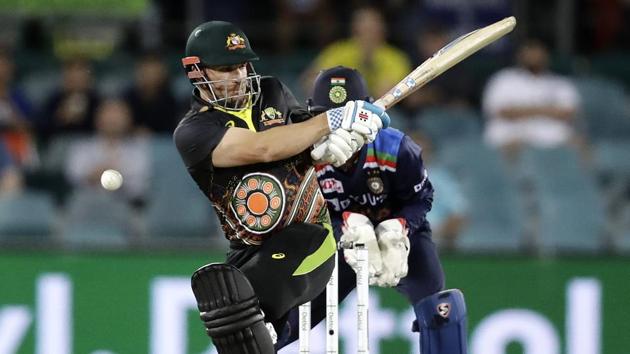In a recent cricket match between Australia and the West Indies, a controversial incident unfolded that left fans and players scratching their heads. During the match, Australia seemed to have a clear run-out opportunity against a West Indies batsman, but the umpire ultimately denied the wicket. The reason? Nobody from the Australian team appealed for the run-out.
The incident occurred during a crucial moment in the game when the West Indies batsman found himself stranded midway down the pitch after a mix-up with his batting partner. The fielder quickly gathered the ball and threw it towards the stumps, catching the batsman short of his crease. However, despite the clear visual evidence suggesting the batsman was out, the umpire remained unmoved.

SOURCE:- NEWS18
Replays from multiple angles confirmed that the batsman was indeed short of his crease when the bails were dislodged. Yet, without an appeal from the Australian team, the umpire’s decision stood. This left many viewers and cricket enthusiasts baffled, as the spirit of the game seemed to be compromised.
SOURCE:- BBC NEWS
One of the fundamental principles of cricket is the reliance on players to appeal to the umpire when they believe a dismissal has occurred. This system ensures that decisions are not solely left to the umpire’s discretion but also involve the players’ active participation in the game’s adjudication process. In this case, the lack of an appeal effectively nullified what would have been a legitimate wicket for Australia.
The incident sparked a debate among cricket fans and experts about the role of appeals in the game and whether the umpire should have the authority to make decisions based solely on their observations, regardless of whether an appeal is made. Some argue that the spirit of the game should prevail, and umpires should intervene when a clear mistake has been made, even in the absence of an appeal. Others maintain that the current system places the onus on players to uphold the integrity of the game by making timely and legitimate appeals.
Furthermore, the incident reignited discussions about the use of technology in cricket, particularly in decision-making processes such as run-outs and dismissals. While technologies like Hawkeye and UltraEdge have been implemented to assist umpires in making accurate decisions, they are typically used for contentious calls rather than routine run-out situations.
Ultimately, the denied wicket against the West Indies serves as a reminder of the complexities and nuances inherent in cricket’s rules and traditions. It prompts reflection on how these rules are applied in real-time situations and whether adjustments are needed to ensure fair and consistent officiating. As the sport continues to evolve, finding the right balance between tradition and innovation will be crucial in maintaining cricket’s integrity and appeal to fans worldwide.
Share your views in the comments

